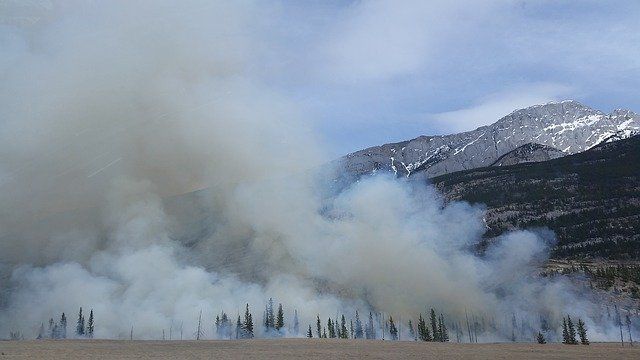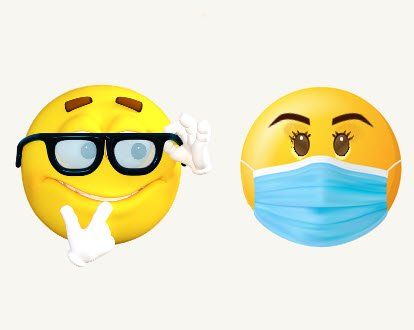

Air quality is one of the most impactful factors to our health, but most of the time it's almost entirely outside of our control. This makes it important to understand when the air is safe to breathe - and when it's not. So how do you know whether you should be concerned about the air quality? Fortunately, there's one standard that's used or referenced almost everywhere in the world, including the United States, providing an objective measure of whether the air you're breathing is affecting your health for better or worse.
The Air Quality Index (AQI) is a system utilized to calculate and report air quality levels. The framework for the AQI is managed by the United States Environmental Protection Agency (EPA), and reported via a nationwide (and global!) network of monitoring stations.
What is the Air Quality Index ?
The AQI describes the five main types of air pollution regulated by the Clean Air Act: sulfur dioxide , nitrogen dioxide , carbon monoxide , ground-level ozone , and particulate pollution . The EPA and its partners take regular readings of these pollutants, then convert the results into a number ranging from 0 to 500 , along with a specific color corresponding to a level of health concern.
Of the pollutants tracked, microscopic airborne particles (particulate matter), and ground-level ozone are the most dangerous to people. Ground-level ozone builds when polluted air comes in contact with sunlight and heat. Ozone is most prevalent in the afternoon and early evening, especially during the summer.
Particulate matter, referred to as PM2.5 in its smaller, more dangerous form, describes microscopic airborne particles such as soot, smoke, dust, and dirt. These particles penetrate deep into your lungs, causing labored breathing and exacerbating the symptoms of other pulmonary conditions like asthma. Because the particles are so small - less than 2.5 micrometers in diameter - they can pass directly into your bloodstream, leading to cardiovascular problems like inflammation and increased risk of heart attack, as well. A fitted pm2.5 mask can reduce pm2.5 pollution caused by smoke and other sources by as much as 90%.
What are the six levels of air quality?
Generally, if the air quality is good, the air quality index is either Low ( 0 to 50 ) or Moderate ( 51-100 ), expressed as either green or yellow, respectively. An AQI of 100-150 means the air is Unhealthy for Members of Sensitive Groups , which include people with asthma, seniors, children, and anyone with a history of heart disease. Once the AQI reaches 200 , the air is considered Unhealthy, which means pretty much everyone should stay indoors or wear a fitted mask with a pm2.5 filter ( learn more ).
During periods of intense wildfire smoke like we are experiencing right now on the West Coast, the AQI can reach
Very Unhealthy (
201-300) or
Hazardous (301+). Note that once the AQI levels exceed 500, the air quality is literally considered off the charts. Here's an air quality index chart:
You can track the air quality index level through AirNow, the national air quality website. During periods of air pollution caused by wildfire smoke or other particulate sources, local TV and radio stations tend to broadcast the air quality reading often.
---
TL:DR: Poor air quality is associated with a variety of respiratory and cardiovascular problems such as bronchitis, pneumonia, allergies, and asthma. We most commonly measure air quality using the AQI score. For sensitive groups like children, the elderly, and folks with pre-existing conditions, this means staying inside or wearing a mask on days when the AQI is greater than 100 (orange or higher). On days when the AQI exceed 150 (red or worse), this advice applies to everyone. If you are suffering from smoke pollution, especially if you don't have air conditioning, keep yourself safe and wear a mask!
In April, the CDC's NIOSH division recognized ASTM F3502, the the first and only national standard for barrier face coverings. Learn about the filtration and breathability requirements for reusable F3502 masks.





© 2021 Puraka Clean Air Technologies, LLC.